Hindsight and 2020 have converged and the year isn't even half over - so what's ahead for New York City now?
Until mid-March of this year Long Island City in Queens, located on the other side of the 59 Street Bridge, was the fastest rising district in America.
Multimillion-dollar skyscrapers and high rise apartment complexes were rising unopposed, sprouting overnight like mushrooms or the American Dream.
But even in the boom, there were some unexpected wrinkles. Amazon had considered building their national headquarters in this mega-development district, causing the locals to grouse that the subway was already at capacity, the infrastructure just couldn't support thousands of new commuters they said.
Read more: Huge demand for New York Ireland COVID-19 hardship fund
Tell those deep-pocketed tech bros that we saw what they did to Seattle they also said. They're not welcome here. (They did have a point about the infrastructure).
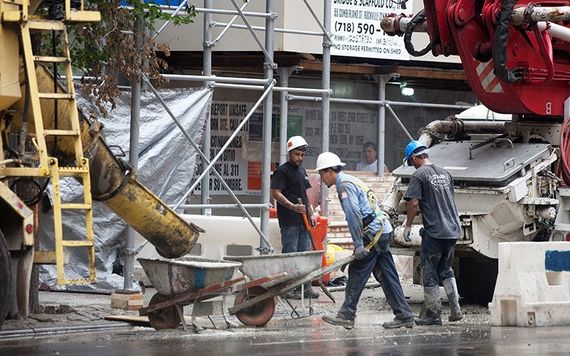
At all events, Amazon's plans fell through and it didn't matter. Jeff Bezos isn't the only billionaire on the block and Amazon isn't the only tech giant. Construction pressed ahead on all fronts at a dizzying speed.
But now? In mid-May 2020? High rise, multi-unit dwellings have started looking like giant cruise ships to the suddenly nervous buyers and renters here and we all know how things went on those ships.
Will the richest people in the city still want to live in high volume high rise buildings whether they're located in Queens (the epicenter of the epicenter) or Manhattan or anywhere in the five boroughs? Have things changed completely, this fast?
Read more: NY Irish Cottage closes after owner passes from COVID-19
There has been a well-reported spike in web traffic to upscale real estate pages here, mostly from anxious New Yorkers looking for homes to buy or rent as far from the city as they can comfortably afford.
Towns like Greenwich, Stamford, Norwalk - and all the summer retreats upstate and on Long Island - recently became refugee centers, but for a well-heeled class of arriving immigrants.
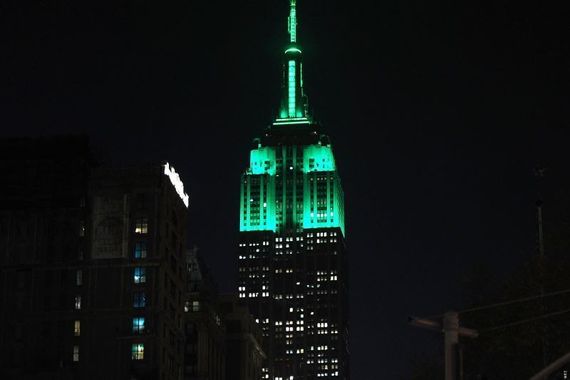
Construction has halted on most of those massive buildings and in the pause, we now inhabit we are having a well-deserved opportunity to consider where all of this was headed anyway.
From the Dubai-like ostentation of Hudson Yards to the glass and steel towers of Long Island City it had already become a tale of two cities before COVID-19 came along and exposed an already raw wound.
Read more: Tánaiste feels pain of Irish immigrants during pandemic, pays tribute to NYC Irish
Did you know that the top one percent in New York are taking home forty percent of the city’s income? That's roughly double the top one-percenter income share nationally in the United States. Meanwhile, 40 percent of working families in New York live at or near the poverty line.
“We are in this together,” minted celebrities and the well-intentioned like to remind us. But it's not true. There has been an exodus of the rich to places of safety far from the city and communities of color have been the hardest hit by the plague.
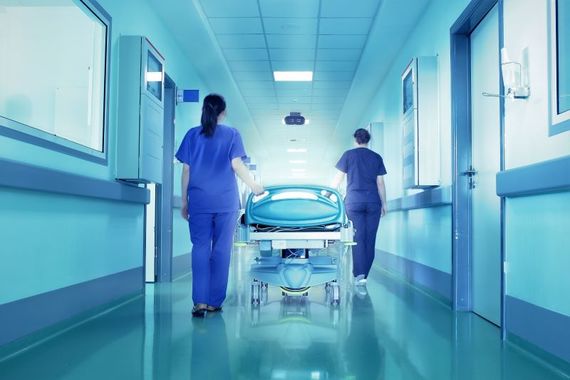
Better off districts have better access to testing and tracing, but poorer off communities have made up 90 percent of COVID-19 related arrests for social distancing violations.
Now we are approaching 30 million job losses. The US has seen the greatest number of infections and deaths in the world, surpassing Wuhan and Milan. New York has become the epicenter of the virus nationally and although it is making progress there is no vaccine and no dependable therapy yet.
So what happens when this is over? Well, we have just been afforded a good look at the people most of us had stopped seeing, the so-called essential workers who have kept this city functioning as everything else closed around them.
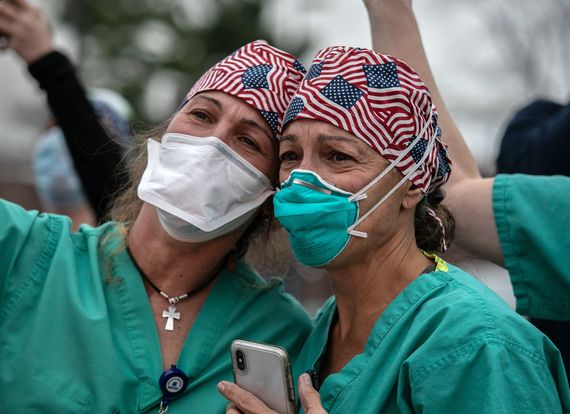
These people are have been called heroes, but more precisely they are underpaid employees. They are EMT workers and sanitation drivers and grocery clerks and delivery guys, the very people we priced out of the city they are currently saving.
When some kind of normality is found we will owe them a new deal. We must ensure that the city they save is a city they can finally afford to buy a home in. It's not socialism, it's self-protection, they have just saved our lives.
It was clear to many that this gilded age on steroids would inevitably collapse under its own cruelty and hubris, but it was a surprise to discover that a lethal virus would be the agent of change.
Attacking the poor and the marginalized with a particular force, the coronavirus has shown us that they may be the most vulnerable to it but their fates are also deeply connected to our own.
You can try to outrun this thing but sooner or later it will find you because no one is untouchable and everything and everyone connects. The fate of the richest is connected to the fate of the poorest, money won't stop it, and we have just had an unforgettable lesson about that fact.
And we were kidding ourselves to ever think otherwise.
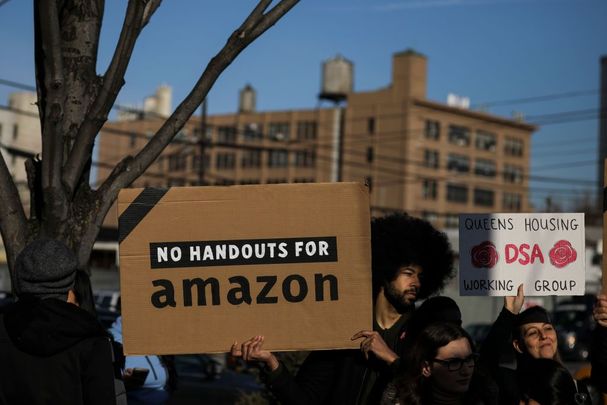


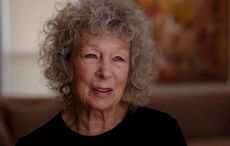
Comments